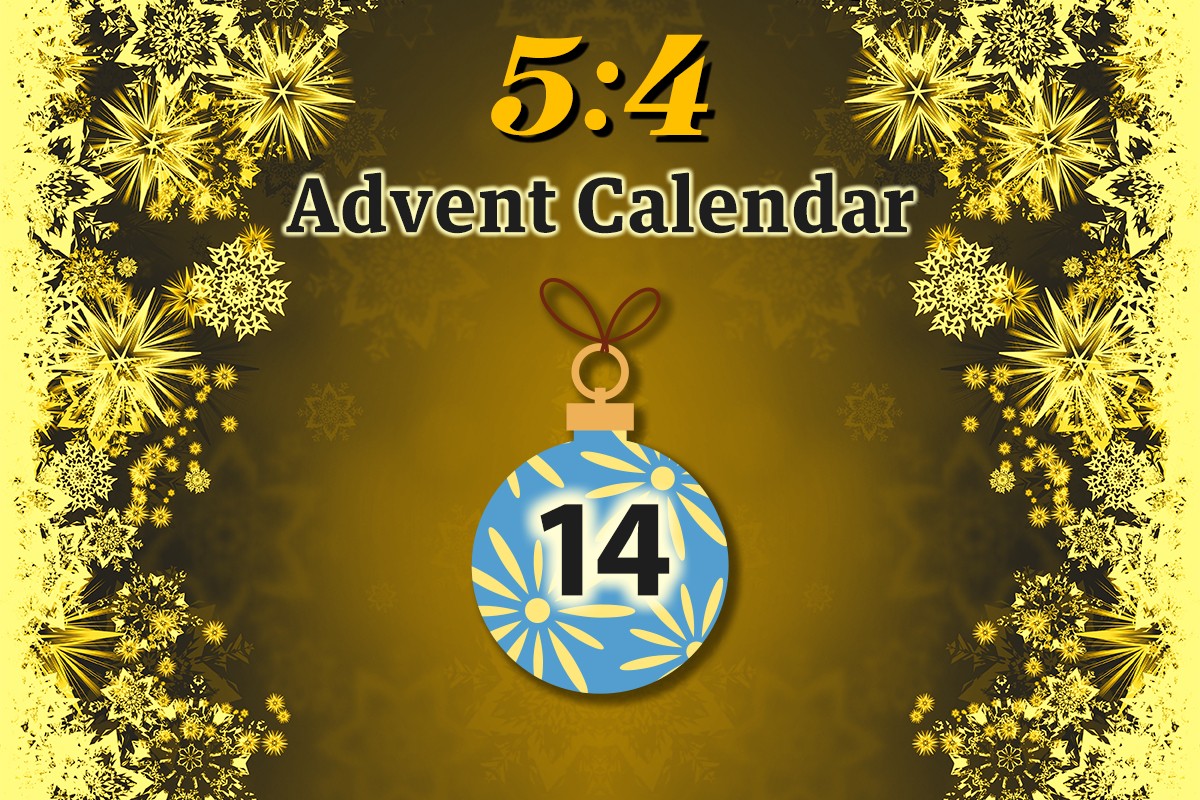
In last year’s Advent Calendar i included Patrick Nunn’s instrumental arrangement of the Aphex Twin track ‘Nannou’; today i’m featuring another arrangement, this time Caleb Burhans’ acoustic take on ‘Blue Calx’, the only track on Aphex Twin’s classic 1994 album Selected Ambient Works Volume II to have an explicit title (the rest are untitled, but many have long assumed titles can be inferred from the artwork). While a number of tracks on SAW II explore the same kind of dark, unsettling soundworlds that Brian Eno had established in Ambient 4: On Land, ‘Blue Calx’ isn’t one of them, comprising a gentle, steady state track that brings together a few basic ideas and simply lets them play out. The primary element is a small series of chords hinting at E major / C# minor (though often sounding as open fifths) that cycle slowly round, varying slightly later on in terms of their order and pitch make-up. In contrast to this, in the background, is a quick, light pulse; there are also sporadic deep bass notes (too low to have a clear pitch, but suggesting low E), and another percussion layer, adding syncopations to the pulse.
Caleb Burhans’ arrangement retains this simplicity, slightly clarifying the low notes by giving them to a double bass (articulated as small glissandi). The cycling chords are mainly played by strings but continually coloured by wind timbres in a way that at times makes them almost sound like they’re breathing, due to changes in weight and register. It’s a lovely effect, enhanced further by the sequence (around the midpoint) when the chords vary most, drop out for a time, and then restart. It’s classic ambient, like a slowly rotating mobile where each element impinges on the others in ever-changing ways.
This performance of ‘Blue Calx’ took place in April 2016, given by the Southbank Sinfonia conducted by Gerry Cornelius. Unlike the original (and also the original performance of this arrangement by Alarm Will Sound), Cornelius takes the piece at a much slower tempo than the original (110BPM rather than 136). It’s not ideal, perhaps, losing something of the briskness in the pulse that creates such a nice fast / slow contrast at the core of the music. (They also appear to have a faint swishing throughout, not present in the original but perhaps added to hint at the reverb that Aphex Twin uses, which creates a slightly similar effect). Yet it works all the same, and if anything the slower tempo plays up the gentleness of the piece. As with so much great ambient music, you may just find yourself nodding off.